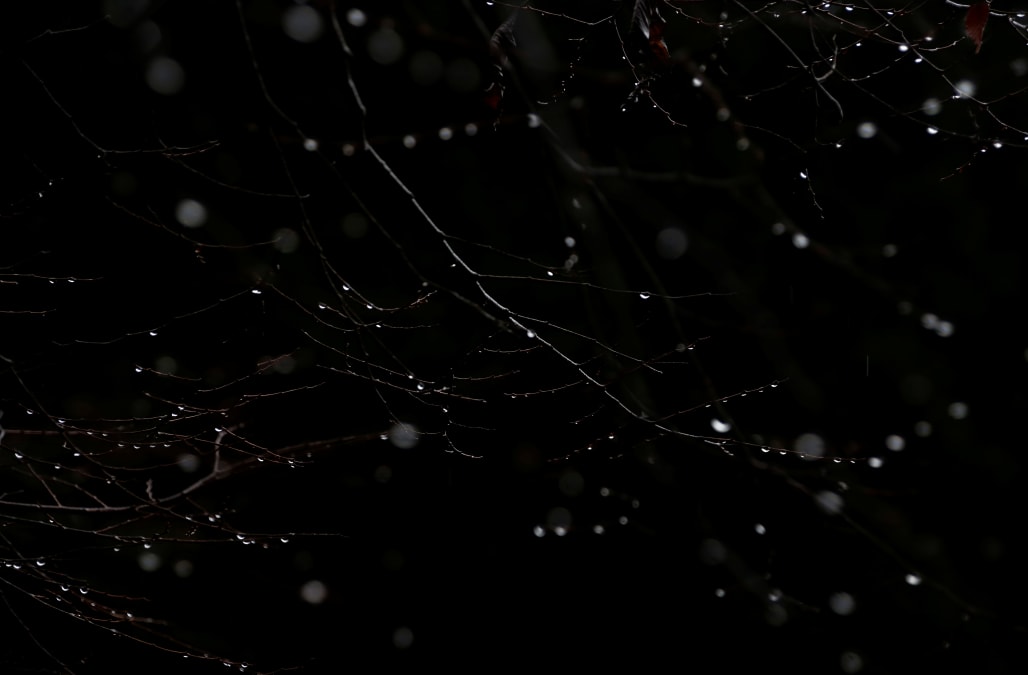Raindrops spew bacteria into the air as they burst

The synthetic particles were already fluorescent, while the bacteria particles were treated with an agent to make them glow. In other words, raindrops hitting sandy clay soils send more bacteria into the air than droplets hitting other kinds of dirt. Raindrops might be pumping bacteria into the sky, according to a study published today in the journal Nature Communications. Buie's study suggests a mechanism—bioaerosolization, or the suspension of particles that contain living organisms like bacteria. Meliodosis occurs in parts of Australia and Vietnam and is caused by bacteria that disperse into the air.
Raindrops scatters bacteria into air, study reports -
Researchers in the study aimed to solve this by using high-speed cameras and fluorescent dye to film water droplets as they fell onto soil filled with bacteria. Three different types of bacteria — Corynebacterium glutamicum, Pseudomonas syringae, and Bacillus subtilis — were analyzed in the study. Though all of those are harmless, there is a chance pathogens can also be spread in this way, NPR reports. However, few know it comes from a chemical known as geosmin — a byproduct of bacteria and fungi that get released when droplets hit the ground. Though scientists have studied this process before in both clouds and sea spray, they have never been able to figure out exactly how rain moves the bacteria.collected by :Lucy William
No comments:
Post a Comment